It really bothers us to report nonsense. But when there are headlines flying around that could have an impact on the markets, it’s hard not to talk about it.
Trump launched another scapegoating attack on Fed and said, referring to the over 800 pts fall in DOW, “I think the Fed is making a mistake. They are so tight. I think the Fed has gone crazy.” He added “actually, it’s a correction that we’ve been waiting for for a long time, but I really disagree with what the Fed is doing.”
Later he doubled down and said in a telephone interview that “the problem I have is with the Fed. The Fed is going wild. I mean, I don’t know what their problem is that they are raising interest rates and it’s ridiculous.” “The problem [causing the market drop] in my opinion is Treasury and the Fed. The Fed is going loco and there’s no reason for them to do it. I’m not happy about it.”
It’s again typical Trump in blaming the others. When the stock market hit record highs, did we hear the praise that Fed has done a great job? When unemployment is at record lows, with inflation at target, is Fed given the credits for meeting it’s dual mandates? Trump claimed all the credits all the way. When things turn, it’s others’ faults.
And, with federal funds rates at 2.00-2.25% and Fed still having a massive balance sheet, describing monetary policy as being “so tight” is a lie. When you disagree with what the Fed is doing, it doesn’t necessarily mean it’s crazy. Fed’s decisions are collective made by a committee of rational professionals and intellects. It looks more like Trump himself is the crazy one.
And after all, he nominated Fed chair Powell and hired Treasurer Mnuchin. Add to the long list of people you hired and fired. If you keep on hiring the wrong people, then you are the problem, POTUS. You better quit.
Anyway, enough rants. Let’s move on .




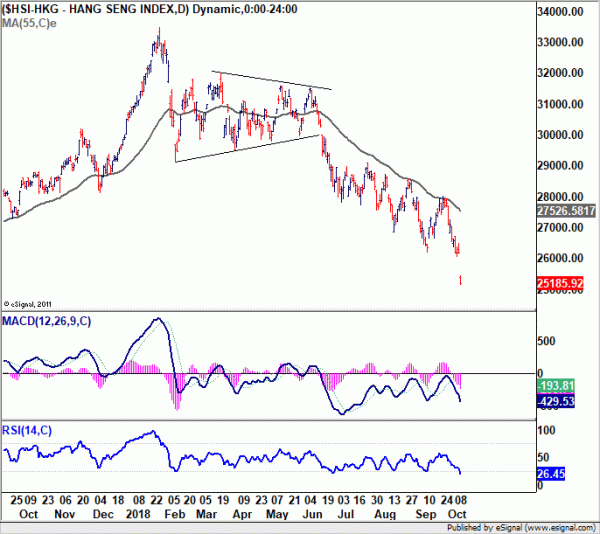
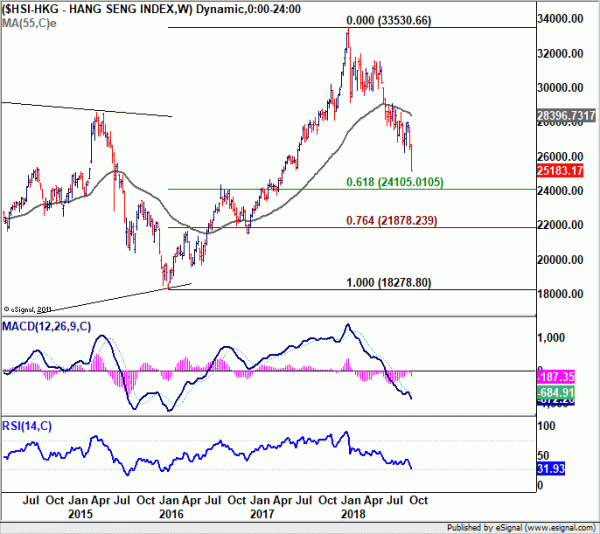
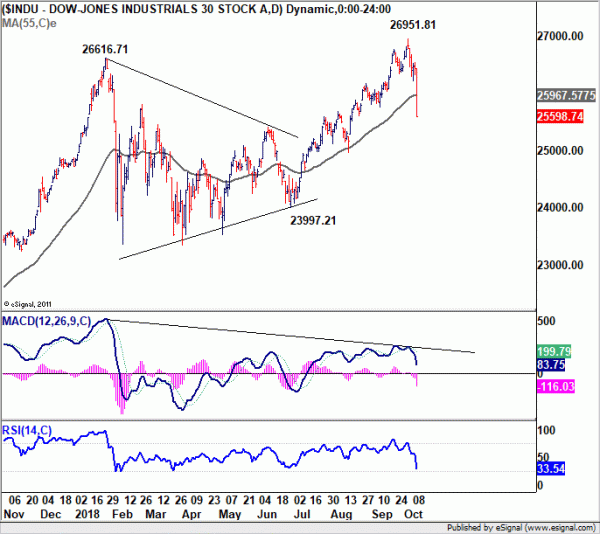
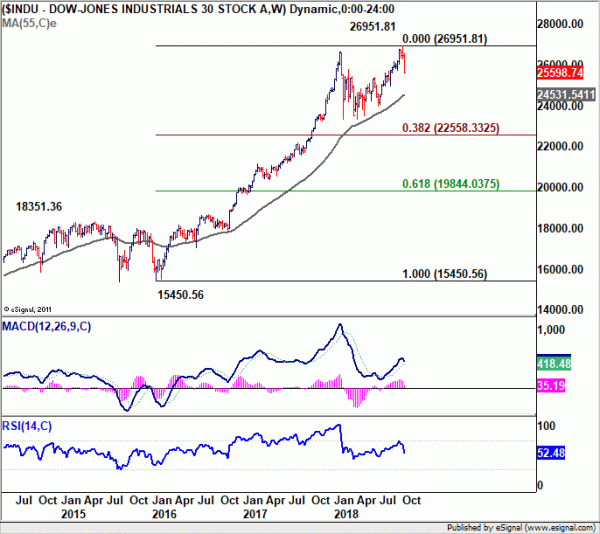
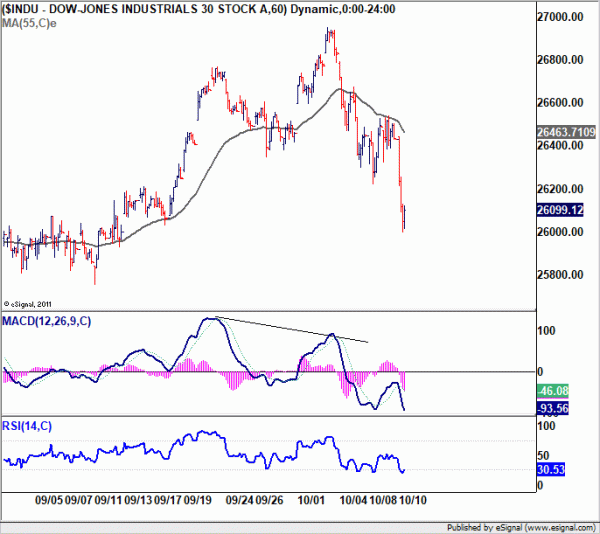
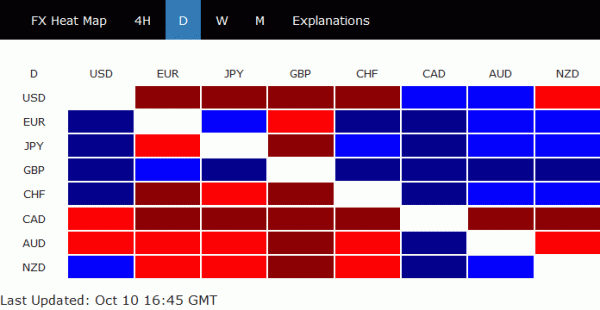
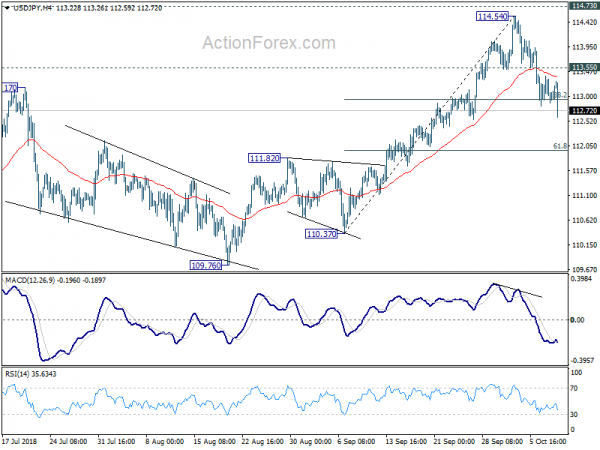
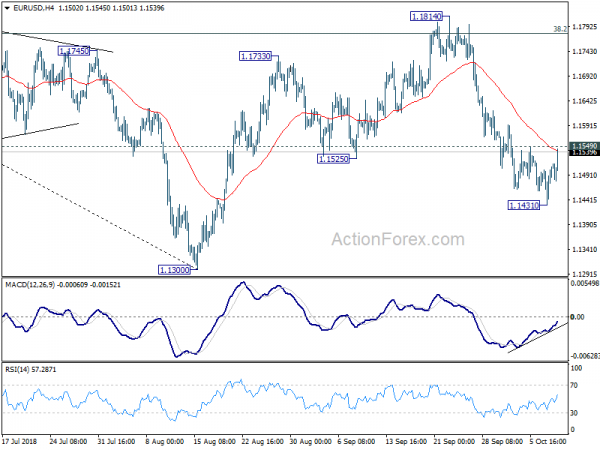
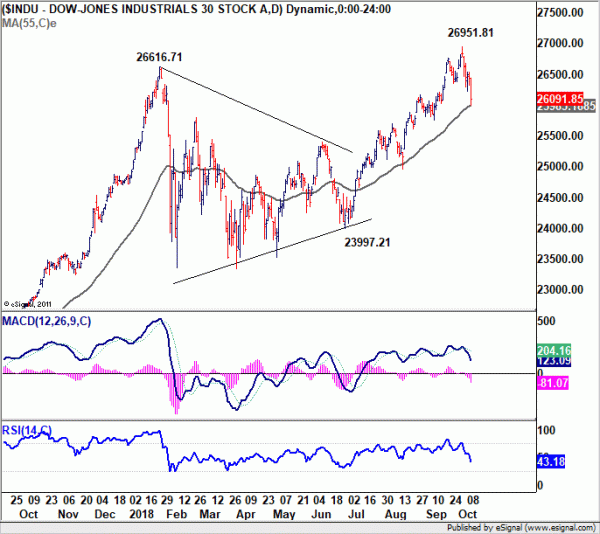
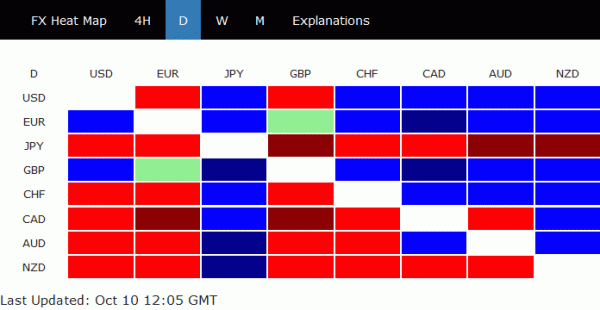
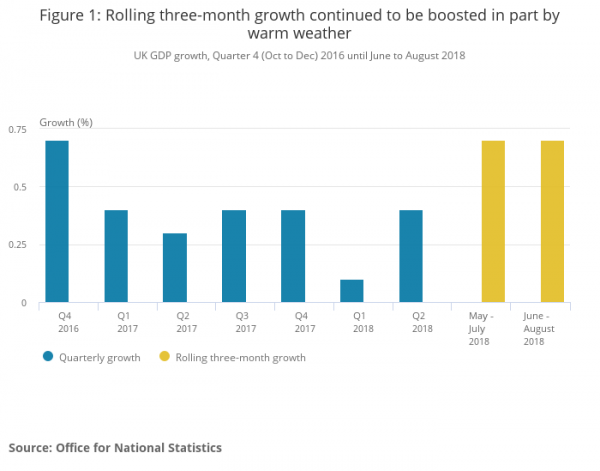
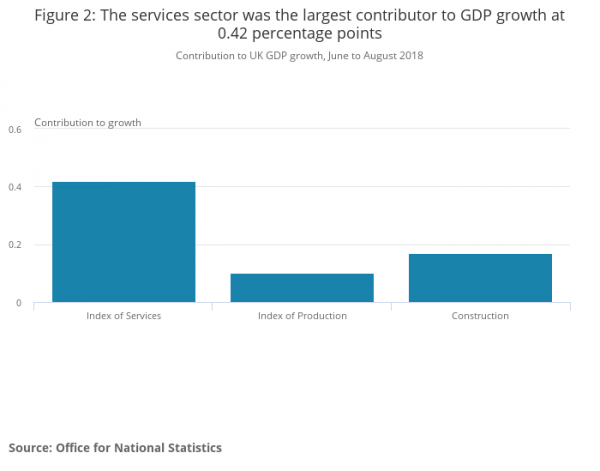
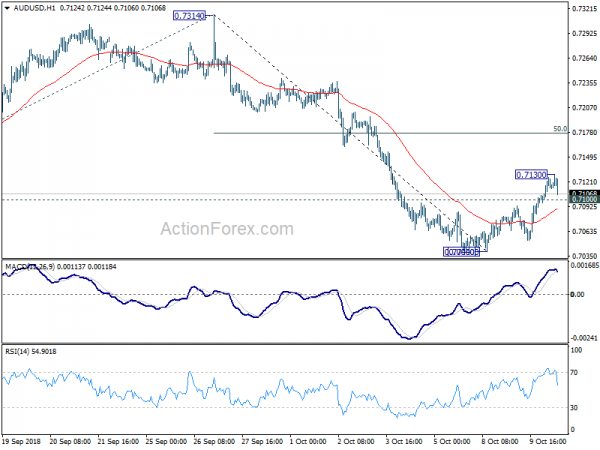
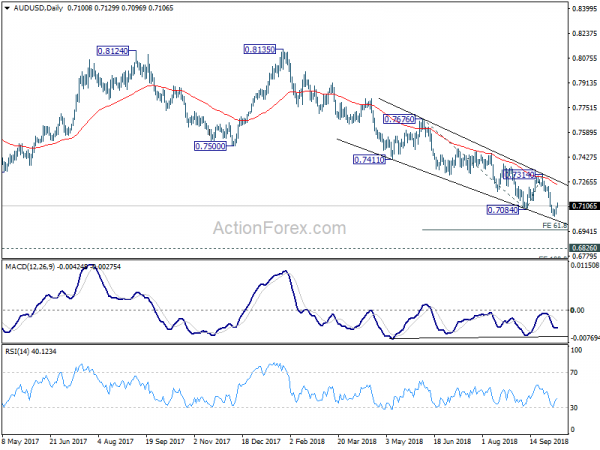
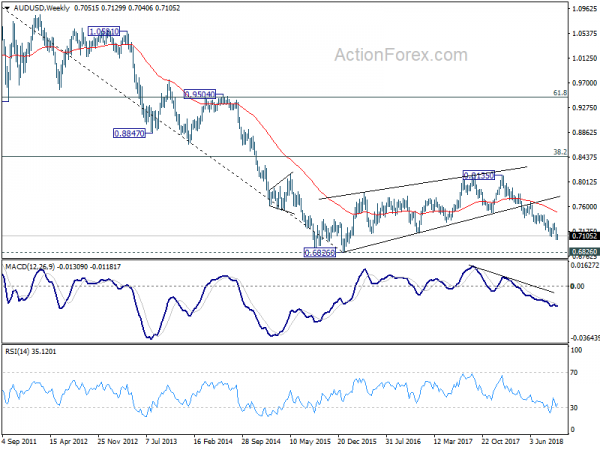
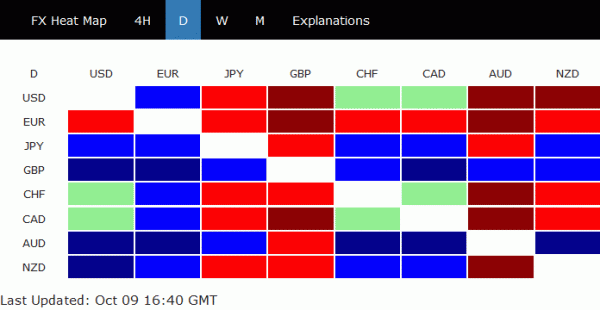
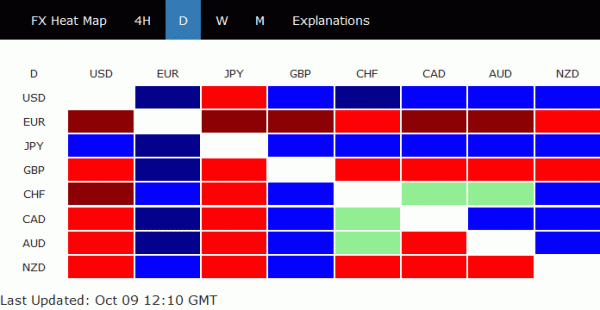
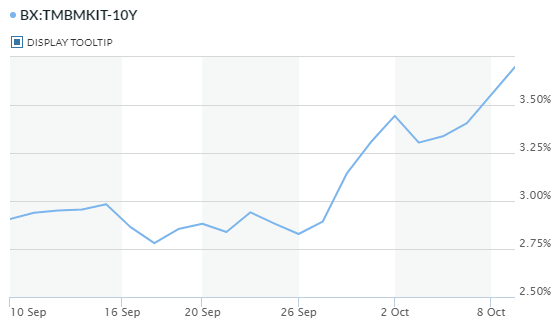
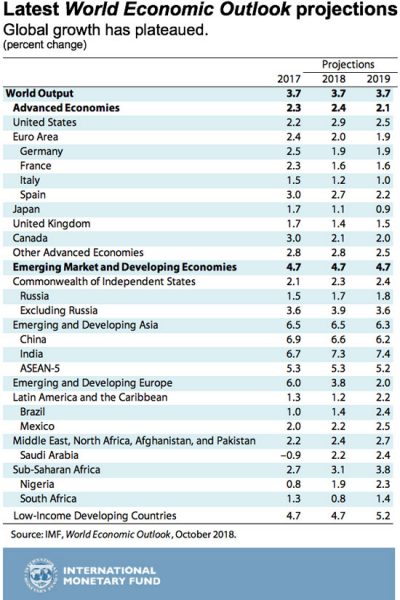
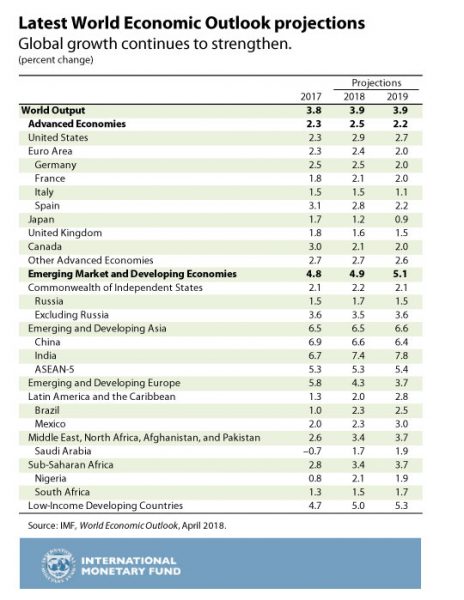

An update on AUD/USD short
Here’s an update on AUD/USD short (sold at 0.7100), last updated here.
The trade is so far doing ok as risk aversion realized. But we’ve overestimated the strength in Dollar. Still, the price actions from 0.7040 to 0.7130 are corrective looking, which reinforces our bearish view. For now, we’ll keep the stop at 0.7185, slightly above 50% retracement of 0.7314 to 0.7040 at 0.7178. That’s because, theoretically speaking, consolidation pattern from 0.7040 could extend with another leg through 0.7130, even though it’s unlikely. Upon decisive break of 0.7040, we’ll lower the stop after AUD/USD settles below this level.
Our view is unchanged that medium term fall from 0.8135 could be resuming long term down trend. Hence, we have not decided whether to exit at around 0.6826 low yet. We’ll monitor downside momentum in both 4H and daily chart to decide at a later stage.